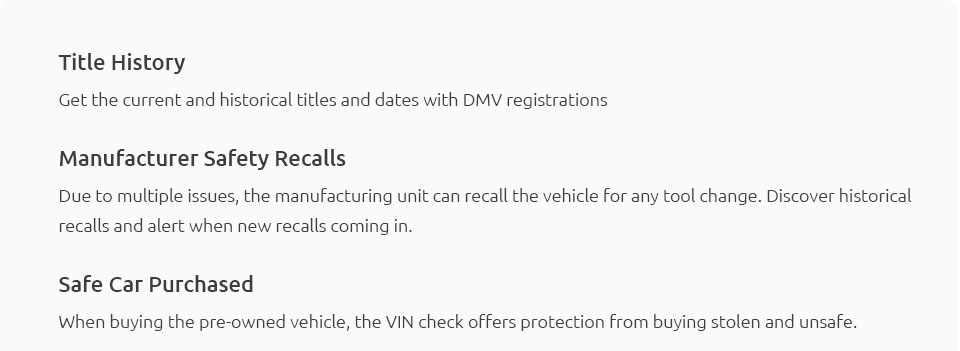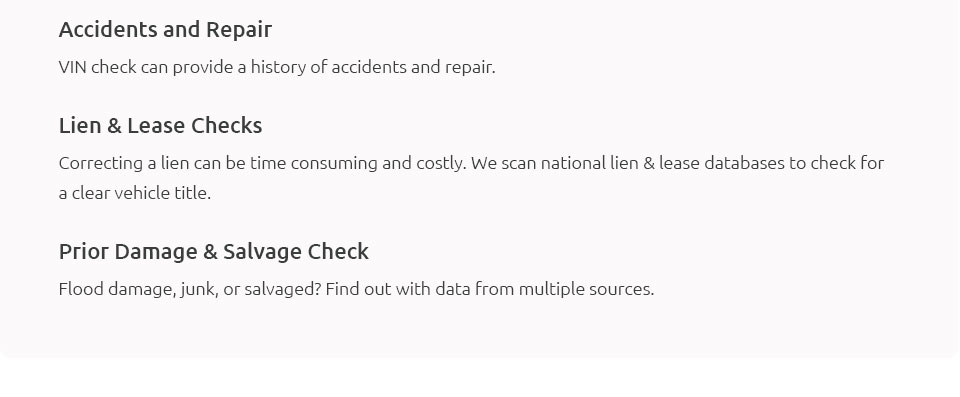 |
 |
 |
||
 |
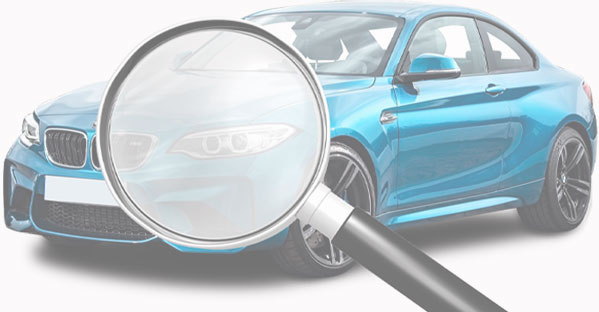 |
|
 |
||
 |
 |
 |
 |
||
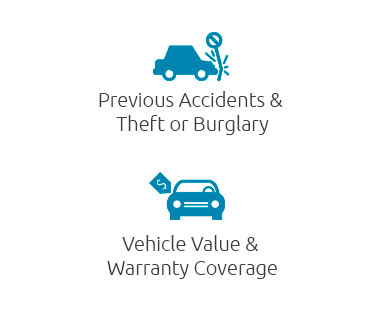 |
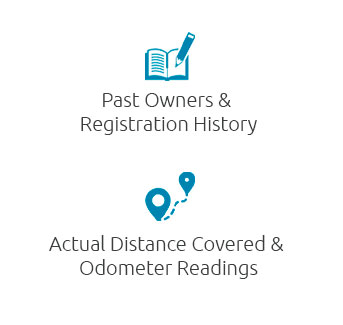 |
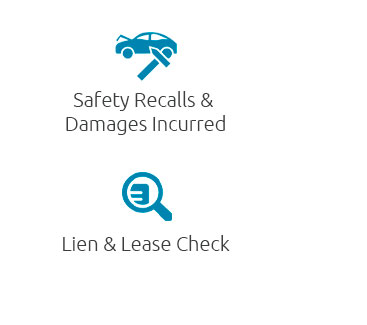 |
 |
 |
||||
|
||||
 |
Understanding Vehicle Details Based on VINIn the modern world, the Vehicle Identification Number, commonly abbreviated as VIN, serves as a crucial key to unlocking a wealth of information about any given vehicle. This 17-character alphanumeric code is not just a random assortment of letters and numbers; it is a meticulously structured sequence that provides insights into the vehicle's identity, much like a fingerprint does for a human. It is both intriguing and essential for those interested in the history, safety, and specifications of automobiles. Firstly, let's delve into the composition of the VIN. The VIN is divided into distinct sections, each with its specific purpose. The first three characters represent the World Manufacturer Identifier (WMI), which indicates the manufacturer and country of origin. The next six characters, known as the Vehicle Descriptor Section (VDS), provide information about the vehicle's model, body type, and engine type, among other attributes. The final eight characters, the Vehicle Identifier Section (VIS), include a unique serial number, ensuring that no two vehicles have the same VIN. The significance of the VIN extends beyond mere identification. For instance, vehicle history reports are widely used by prospective buyers to assess the reliability and value of a used car. These reports, which can be accessed using the VIN, reveal vital details such as previous ownership, accident history, and any recalls or safety issues. This transparency empowers buyers to make informed decisions and potentially avoid costly mistakes. Moreover, VINs play a critical role in vehicle safety. Manufacturers and regulatory bodies use VINs to track and manage recalls, ensuring that defective parts are swiftly addressed. This not only enhances the safety of the vehicle owner but also contributes to public road safety at large. In a world where safety is paramount, the VIN acts as a guardian of both drivers and passengers. Additionally, car enthusiasts and collectors often rely on VINs to verify the authenticity and provenance of classic cars. For those who treasure the history and craftsmanship of older vehicles, the VIN can unveil fascinating stories and confirm the lineage of a prized automobile. However, it is important to approach VIN decoding with some caution. While there are numerous online services and tools that offer VIN decoding, the accuracy and reliability of these services can vary. It is advisable to use reputable sources or official manufacturer websites when seeking detailed vehicle information.
In conclusion, the VIN is much more than just a series of numbers and letters etched onto a vehicle. It is a gateway to a treasure trove of information, offering insights into the vehicle's past, present, and future. Whether you are buying a used car, checking for recalls, or simply satisfying your curiosity, understanding the details embedded within the VIN can be an enlightening experience. As we navigate the ever-evolving landscape of the automotive world, the VIN remains a steadfast companion, guiding us with its encoded wisdom. https://driving-tests.org/vin-decoder/
On most passenger cars, you can locate the VIN on the driver's side of the dashboard. It's easier to see it if you stand outside the car and look through the ... https://www.nhtsa.gov/vin-decoder
Under NHTSA's regulations, each motor vehicle must contain a vehicle identification number, also known as a VIN, which is a 17-character number that encodes ... https://www.autozone.com/vin-decoder
A Vehicle Identification Number (VIN) is a 17-digit code, comprised of capital letters and numbers, that uniquely identifies a vehicle.
|

